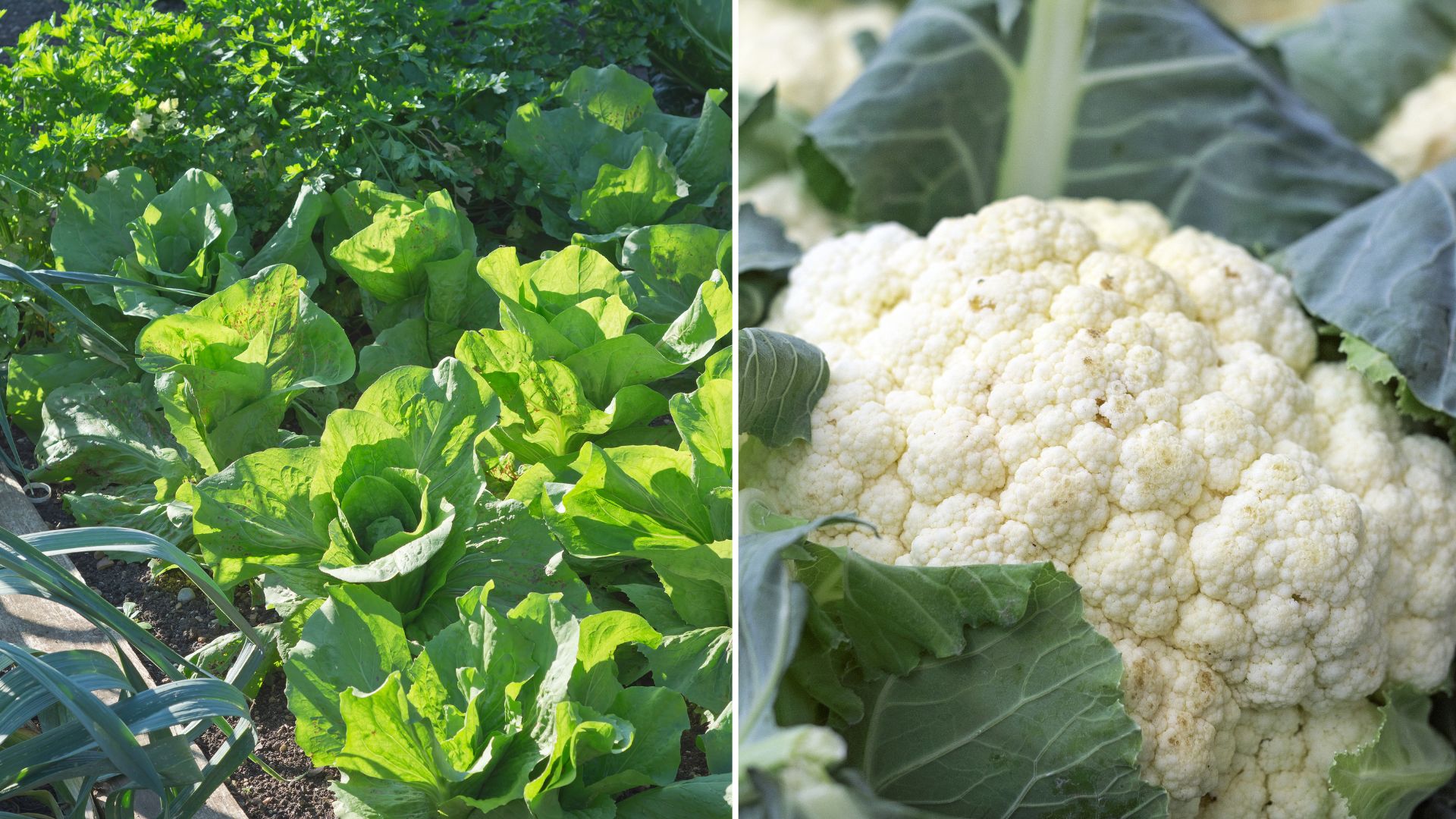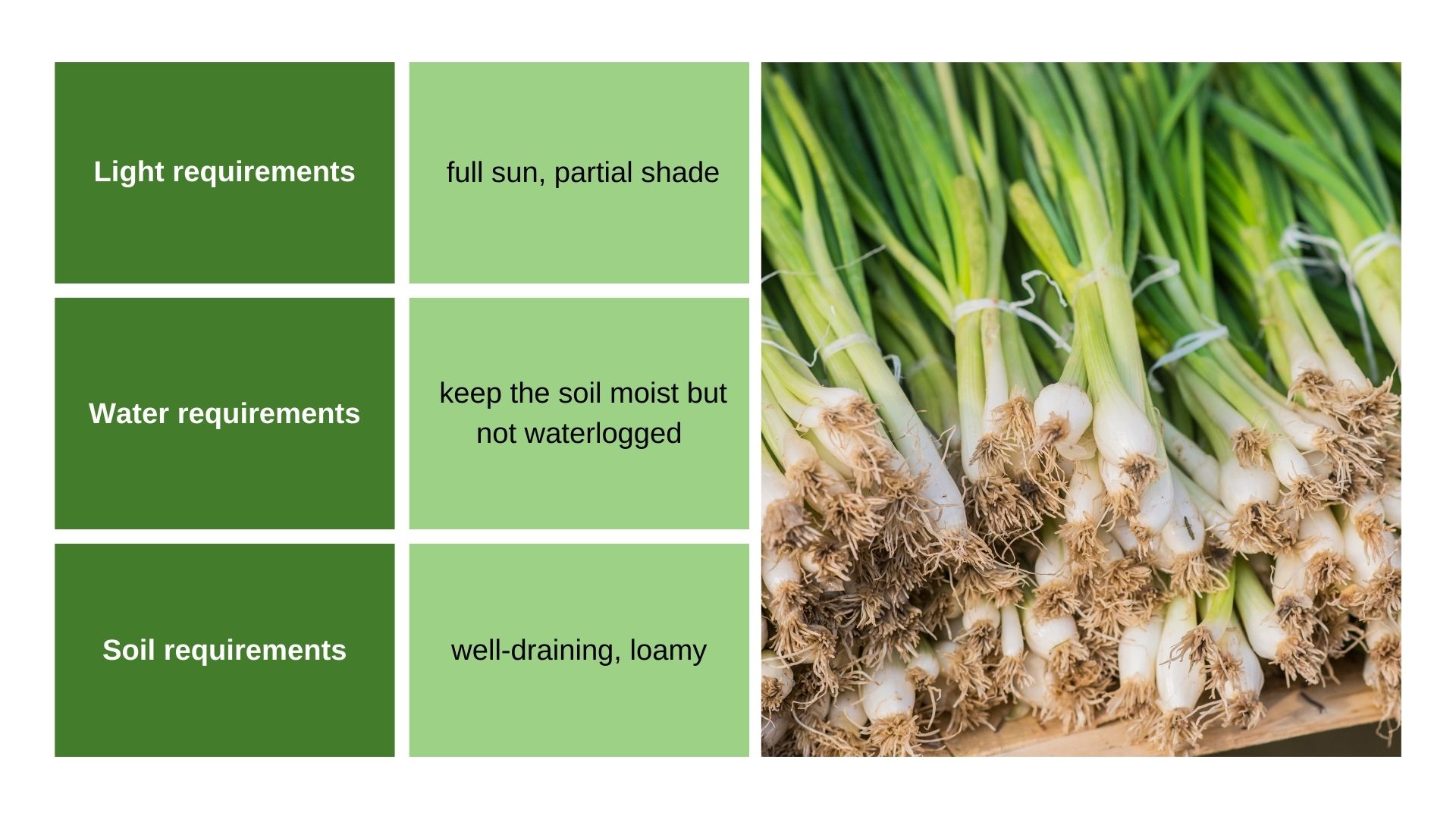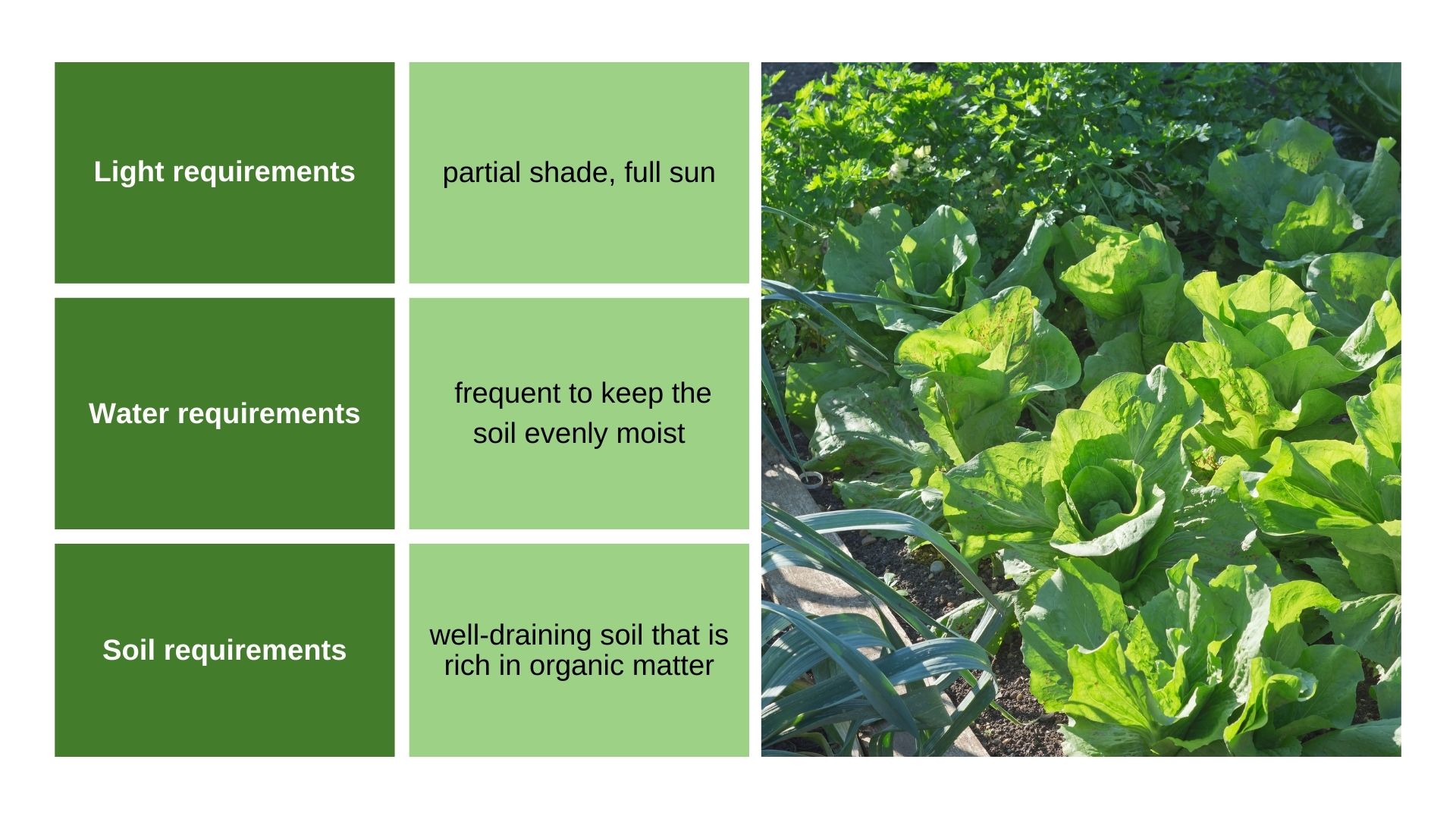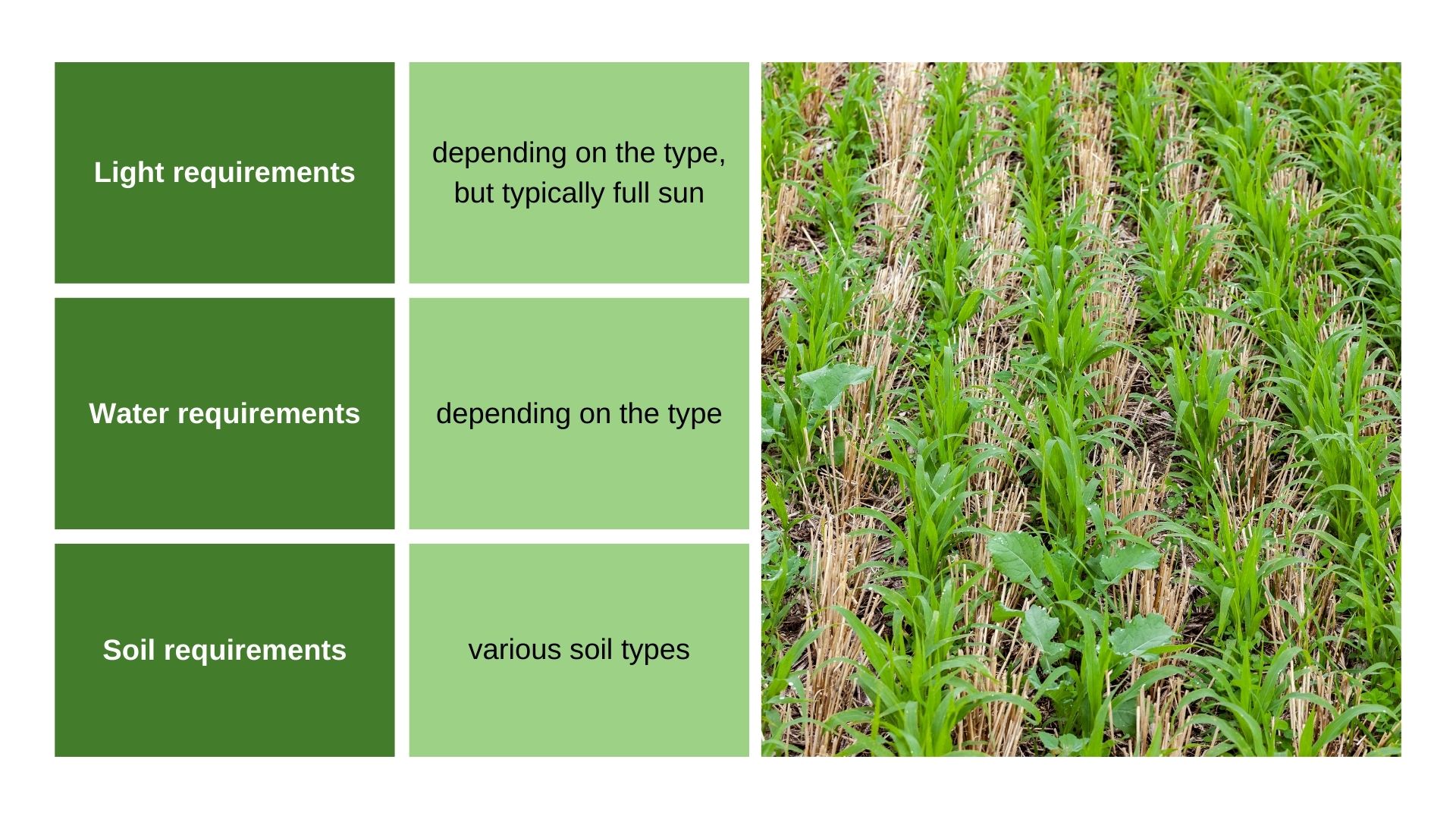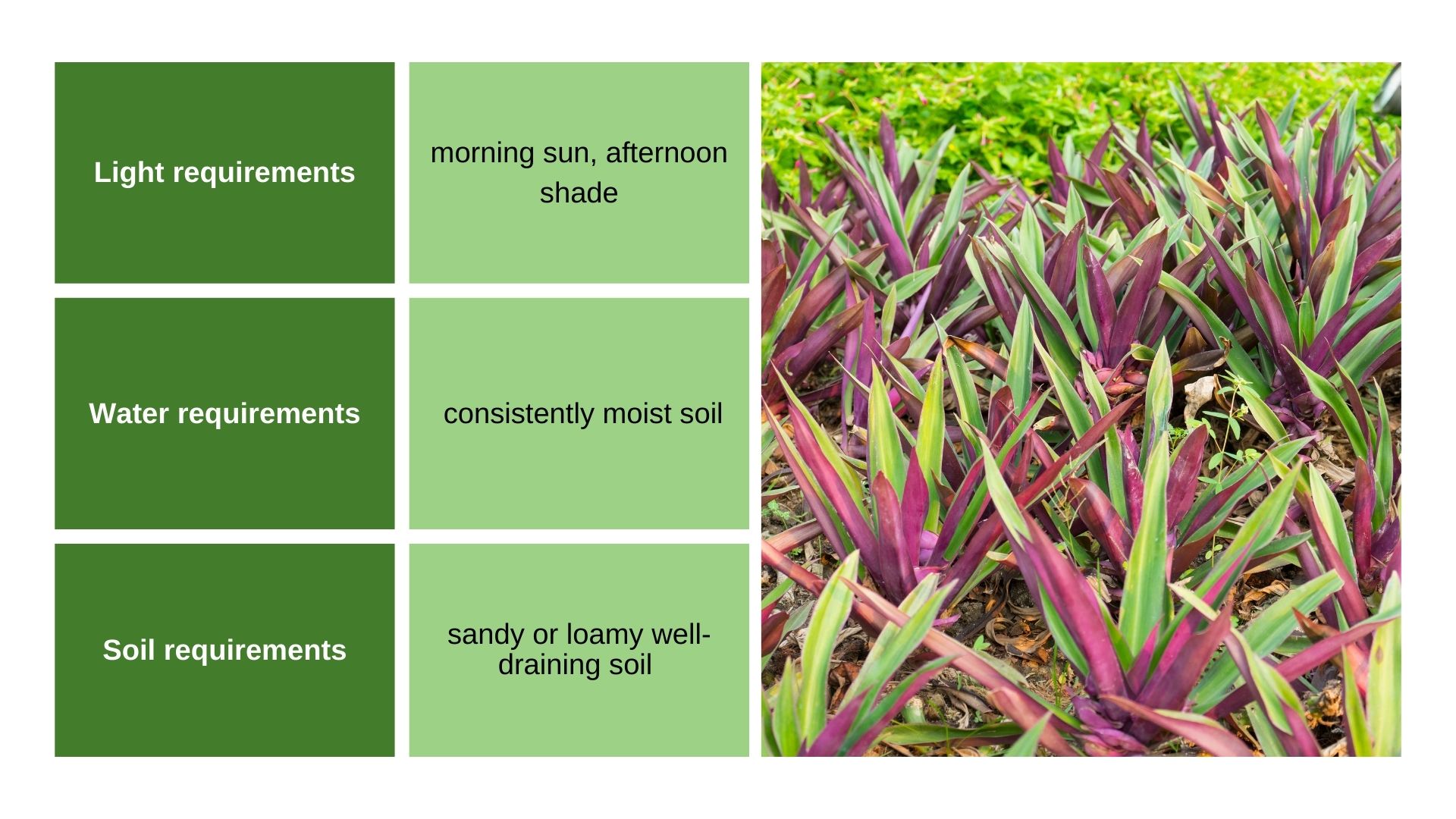You might think that the sowing season is over once the fall arrives, but that’s not always the case!
All sorts of winter veggies can be grown, and you get to enjoy fresh crops even during the colder months. In this article, we are going to walk you through the sowing process of these veggies.
Start your winter gardening journey with us!
1. Salad Onions
Salad onions, otherwise called spring onions or scallions, are often found in many gardens. There’s still some time to sow them, and if you can offer just a little bit of cold protection, these onions will grow like crazy!
When deciding on the variety of onions you’ll grow, it’s crucial to choose a really hardy variety that you can plant this late in the season. You should use weed-free soil and add some organic fertilizer to boost their growth. Use a trowel or a hoe to mark out drills or rows.
Make sure to sow the salad onion seeds half an inch deep, and also space them about four to six inches apart. Do it thinly because it will save you time later on thinning or pulling out the excess seedlings.
Cover the rows over once you’re done sowing and then give them a really good drink of water. After that, make sure to keep them weed-free at all times.
Onions can sometimes be a little bit disappointing and fail to germinate properly. That’s because the seeds really don’t last long at all. So, to avoid any problems, always use super fresh seeds that’ll get you good germination rates.
You might be interested in: How To Grow Unlimited Green Onions Like A Pro
Cold protection
When it gets a bit colder, you can set up a temporary cold frame. You can use an old window pane for this. Create a box frame that is the same size as the window pane. Keep the frame upright by hemming it with bamboo canes.
Take the lid off whenever it is warm – this will also encourage a good airflow.
Here’s a step-by-step video on how to make a cold frame:
2. Winter Lettuce
If you like making salads all year round, then you should definitely consider growing winter lettuce. There are very hardy lettuce varieties that are suitable for growing through the winter.
Many of them have names that hint at this hardiness, such as ‘Winter gem’, ‘Arctic king’, or ‘Winter density’. But if you are unsure, just check the variety description to make sure it’s suitable for sowing at this time of year.
They can be sown throughout the winter, especially if you can offer them a bit of protection from the cold. You can sow your lettuce directly into the soil or you can start them indoors to keep the young seedlings safe from slugs and other pests.
If you are starting them indoors, try sowing two seeds per plug. If they both come up, thin them out and leave the strongest seedling in each. Remember to scatter some compost over the seeds in order to boost their growth and give them a good watering to get them going!
When you transplant the seedlings outside, space them about 8 inches apart in both directions into soil that has been improved with some garden compost.
To help them along, you can cover them with a mini polythene tunnel (a very simple structure that will keep your lettuce nice and warm!).
Also check: Indoor Lettuce Growing Secrets (Double the Yield, Double the Speed!)
3. Cauliflower
Cauliflowers are a type of veggie that’s always worth growing.
They have a bit of a reputation for being tricky to grow, but the trick is to make sure that they grow uninterrupted by potting them when they need to be potted and planting them out promptly, as well as keeping them well-watered. Do that and they should grow just fine!
Autumn-sown cauliflowers offer a not-to-be-missed opportunity to bag yourself an extra early crop next summer. These are a bit easier to grow compared to summer cauliflowers because they’re often done growing before the real heat of summer arrives.
Autumn cauliflowers are also completed before those pesky caterpillars start to nibble at Brassicas, so they often avoid these pests.
So, while they need to be overwintered in some sort of protection like a cold frame, they do actually offer a less troublesome prospect. Get yourself a good set of seeds and sow them into an all-purpose potting mix. If it is still a bit warm in your area, you can sow them outdoors.
However, if it is a bit colder, then maybe germinate them inside and bring them outdoors, then back again into the greenhouse or cold frame once you can see the seedlings.
Before you sow the seeds, you should get familiar with the cauliflower growing stages.
4. Cover Crops
October is also a perfect time to sow cover crops. Now, a cover crop is simply a crop that gives back to the soil either by improving its structure, its fertility or both. It will also keep the soil covered, protecting it from heavy rain or intense heat in the summer.
For instance, you can use a mixture of winter tear, which will fix nitrogen at the roots for a future crop, and a rye grass, which will break up the soil and improve its structure.
Once these are sown, they are going to germinate and spread quickly, covering the soil over winter. Then, you can simply dig it in or hoe it in spring, a couple of weeks before you are ready to sow or plant.
Make sure to get a nice even coverage when sowing the seeds – simply scatter them over the soil surface evenly and rake them in once you are done. You can just let the gentle autumn rain start them off, there’s no need for watering.
Also check: 15 Cover Crops That Serve As A Pollinator Patch
5. Oyster Leaf Plant
The Oyster Leaf plant, also called Martensia maritima or Vegeterian’s oyster, is a lovely fleshy leafed plant that has a salty tang and a seafood flavor. It originates from the rocky shores and shingly beaches of Northern Europe, including Scotland, New England, Canada, and Alaska.
Apparently, its taste really is reminiscent of oysters. Interestingly, their seeds can be submerged under sea for up to two weeks and can survive incredibly cold temperatures.
Since they originate from rocky and sandy shores, it means that they really like well-drained growing mediums. Therefore, you should use an all-purpose potting mix and then cut it about half and half with some sharp sand (you can also use grit).
Usually, there’s only 5 seeds per pack and the instructions say that they should be refrigerated two weeks before sowing them in order to start breaking their dormancy.
You can sow them in a small pot, just make sure that you spread them evenly. Cover them with a third of an inch or so of the same potting mix. Pat them down and give them a good watering.
These need to be kept in a fairly cool place over the winter – pop them into a cold frame and wait until seedlings appear sometime in the spring. When they do, carefully separate them out and pot them in their own containers (again using that free draining mix).
Remember that these plants need to be somewhere where they can get morning sun but also some afternoon shade, which is why it is easier to grow them in larger containers that you can move around instead of planting them directly into the ground.

